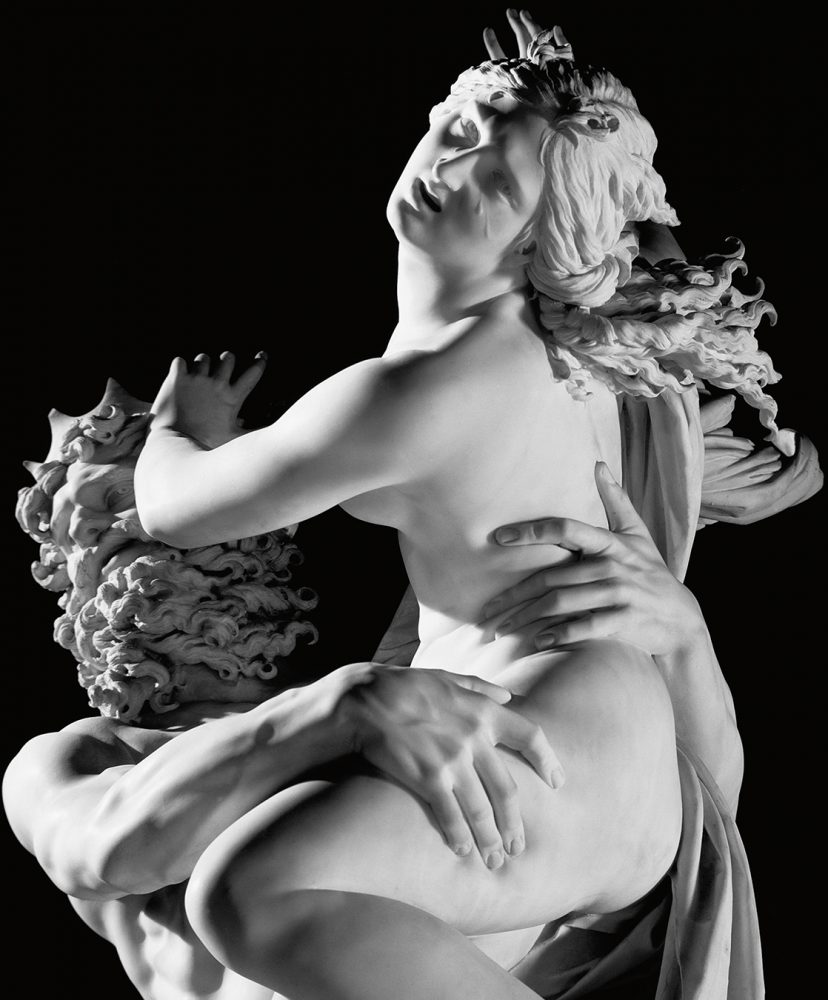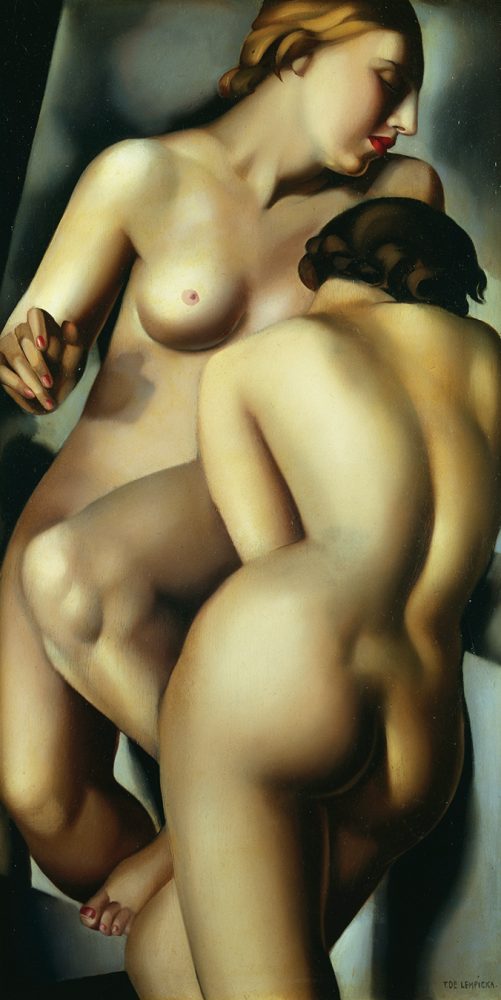In my profession, I have been honoured to spend time with some memorable art and antique collections. In viewing public galleries, corporate assemblage and private ensembles, I have seen some great, and some not-so-great, works. After viewing, say, a melange of busts celebrating Napoleon, Hannibal, and Alexander the Great or a sizeable grouping of fake Picasso works on paper, I often ponder what this says about the person who acquired them. Building a collection, I believe, is a deeply personal project. Usually, it is driven by individual interest, though occasionally it may also be fuelled by investment intentions. Both are perfectly respectable, although at the very root of it, I ascribe to the lofty and perhaps starry-eyed ideal that one builds a collection based on inspiration, which works of art can rouse in our very core.
Throughout my career, I have spent time meandering through cultural treasures from Tokyo to Paris to New York, yet for some reason Rome had evaded me until just recently. Thus it was with the inescapable didactics of Janson’s History of Art simmering in the back of my brain that I walked into the first of many rooms at my first stop, the Galleria Borghese, abuzz with anticipation.
I must say it was a glorious moment. Once my eyes had adjusted to the sfumato of frescos, marble and gilt, I saw them: Pluto and Proserpina engaged in an explosive embrace. Carved by master sculptor Gian Lorenzo Bernini between 1621 and 1622, it depicts the abduction of the ill-fated Proserpina by the ruler of the underworld, Pluto, who drags her to Hades to wed her. I wound my way around the marble carving, marvelling at the smooth swathes of skin, the pillowing of her flesh between his fingers, the pneumatic limbs torquing with desperation—his to possess hers, hers to escape his.
But before you can even begin, you must harness the driving force—your taste. Allow your likes and dislikes to guide you. After all, you will be living with the works you procure.
Though it may not be considered the most iconic of his works, this sculpture left a deep impression on me and I favour this experience in my collection of ‘best moments’. I imagine the thrill of waking every morning and walking by this and dozens of other Bernini sculptures, as did his 17th century patron, Cardinal Scipione Borghese. The Cardinal’s coffers were deep, keeping Bernini very busy over his lifetime. It is an enviable position for both a collector and an artist by the standards of any era.
Alas, the average collector today does not likely have unlimited access to the papal treasury, so where are they to begin when seeking to establish a quality collection of their own? Well, there are several ways one can begin trolling for the treasures that will mature into a collection over time. There are primary markets, such as commercial galleries and antique stores, secondary markets including auctions and consignment stores, as well as other markets such as artist studios.
But before you can even begin, you must harness the driving force—your taste. Allow your likes and dislikes to guide you. After all, you will be living with the works you procure. However, if you are unsure of your taste, the best thing to do is to begin educating yourself, as much as possible. Whether Japanese woodblock prints or contemporary blown glass, familiarising yourself with the artworks and antiques that strike your fancy, will help you to hone your connoisseurship.
If you choose to frequent commercial galleries and antique stores, it is good to know ahead which particular genres they specialize in. For example, some may sell only Canadian historical paintings or 18th century English furniture. Once you have sourced your own interests, you can use the expertise of the dealers to guide you in your purchase. Keep in mind, however, that this is the top of the market. If you have the time and patience, and certainly the passion, you could strike a deal collecting on the secondary market.
Nurturing a collection over the years is a fulfilling experience for some, a thrilling hunt for others, an obsession for many.
Purchasing on the secondary market, at auction or in consignment stores, can be quite fun. But make sure to attend auction previews to view the wares in advance. Also, make use of the catalogues that often accompany the sales. They are a key source of information not only in terms of the auction estimate, provenance (history of ownership) and condition, but also provide a fascinating historical context in which the work was created. The items purchased on the secondary market are considered ‘used’, and as such, you will be paying what has been traditionally considered ‘wholesale’ prices. Though the market has changed in recent years, finding pieces to add to your collection through the secondary market can be akin to a treasure hunt.
Purchasing a work directly from the artist’s studio is yet another rewarding way to cultivate your collection. Not all artists allow buyers into their studios, as many choose to work solely through their dealer. However some artists work without gallery representation and offer certain members of the general public the opportunity to visit their studio to make purchases. If you are among those lucky few who are privy to the inner sanctum, you will certainly benefit by gaining the artist’s perspective of his or her own work, enhancing the experience and making an interesting tale of how you acquired the work.
Nurturing a collection over the years is a fulfilling experience for some, a thrilling hunt for others, an obsession for many. Whether your passion is Canadian landscapes, Art Deco paintings or original advertising posters, or my unattainable Bernini, you will certainly find your conquests a great pleasure for years to come.
Images: Corbis.










